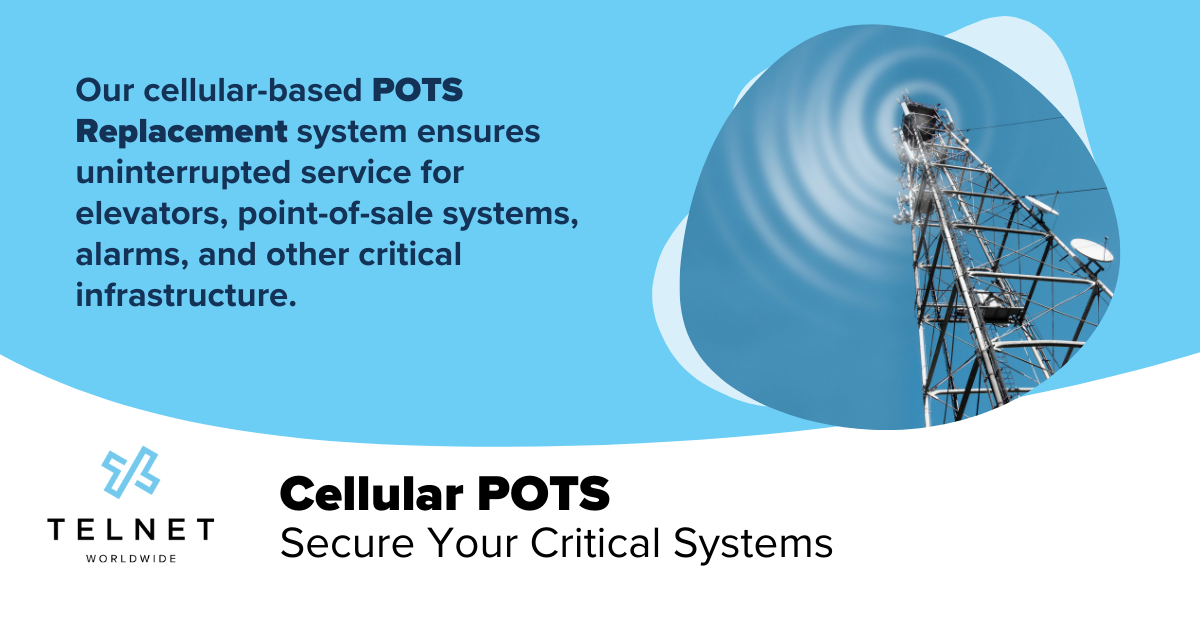There’s no doubt that data storage and cloud computing have become the most pressing needs of organizations today. So much of our day-to-day activities rely on the cloud, from email and calling to file storage and application access.
Yet despite the integral nature in our daily activities, many organizations continue to host their servers on their premise, often locked away in a dusty closet in the back of the office. If your organization is one of them, have you ever stopped to think about what would happen if your servers were down for five minutes? Five hours? Five days?
Know What’s at Stake
According to Gartner, the average cost of IT downtime is $5,600 per minute. And that’s just the average. Some businesses rely on their IT infrastructure more than others, and can incur costs closer to $540,000 per hour. Can your business afford that?
Your finances aren’t all that’s at risk. Think about how many businesses suffered during the transition to remote work earlier this year because their communication systems weren’t able to adapt. Now imagine going completely dark because of an outage. Employees can’t access any of their tools, the phones aren’t ringing, business grinds to a halt.
Your organization probably uses cloud-based applications and software to perform routine tasks. If the network hosting these applications goes down — for any amount of time — employees won’t be able to do their job, and productivity will take a nosedive.
Data (perhaps the most valuable asset of all) is vulnerable to security breaches if your servers aren’t secure. Think about the potential for fines, penalties and lost customers who no longer trust your business.
Server downtime can also lead to website crashes, inaccessible applications and loss of data. If it only takes one bad experience to lose a customer forever, think about how many customers might run into the arms of your competitors after an outage.
Ultimately, every minute of server downtime equates to profit loss. How much profit are you willing to sacrifice to save on the physical security of your hardware?
Beware of Premature Cost-Cutting
More and more organizations have been tightening budgets and reducing overhead. It’s a logical attempt to protect themselves from the pandemic’s extensive economic impact. How many times have you heard, “We can’t justify that right now,” lately? There’s no avoiding the fact that the current climate is turning us all into penny pinchers and cost annihilators. You’ve gotta do what you’ve gotta do to ensure the long-term viability of your business, right?
But there are some areas of the business where you should avoid slashing expenses — and the security of your servers is one of them.
As we talked about earlier, security risks and physical vulnerabilities could actually cost you thousands of dollars. That’s exactly why data centers are becoming a standard part of today’s business infrastructure. Your best bet is to be proactive about the safety and security of your equipment. Consider colocating in a geo-redundant, fully secure data center facility that’s powerful enough to host your mission-critical workloads.
Safeguard Your Business
In 2020, things are changing faster than ever before. Businesses that once had flexible spending habits are now keeping a tight grip on their wallets and meticulously evaluating where to cut expenses. But ask yourself this: What are you doing to ensure your business succeeds when the next disaster strikes?
At TelNet Worldwide, we pride ourselves on being a cloud communications company that puts the customer first. And when it comes to hosting your servers, we have the power, capacity and flexibility to meet your needs. Because what’s the point of colocation if you’re not getting guaranteed uptime, high quality security and every level of redundancy?
Peace of mind is a rare commodity these days, but securing your hardware in our Tier III, fully-redundant facility can remove some of the stress and anxiety from your business. If there’s one thing the pandemic taught us, it’s the value of our technology and our digital infrastructure. You can’t afford to wait until something goes wrong.





